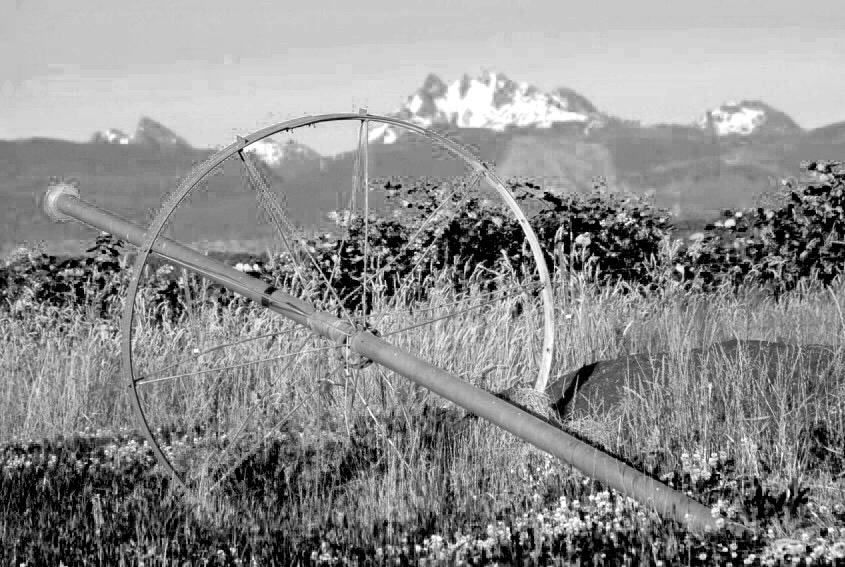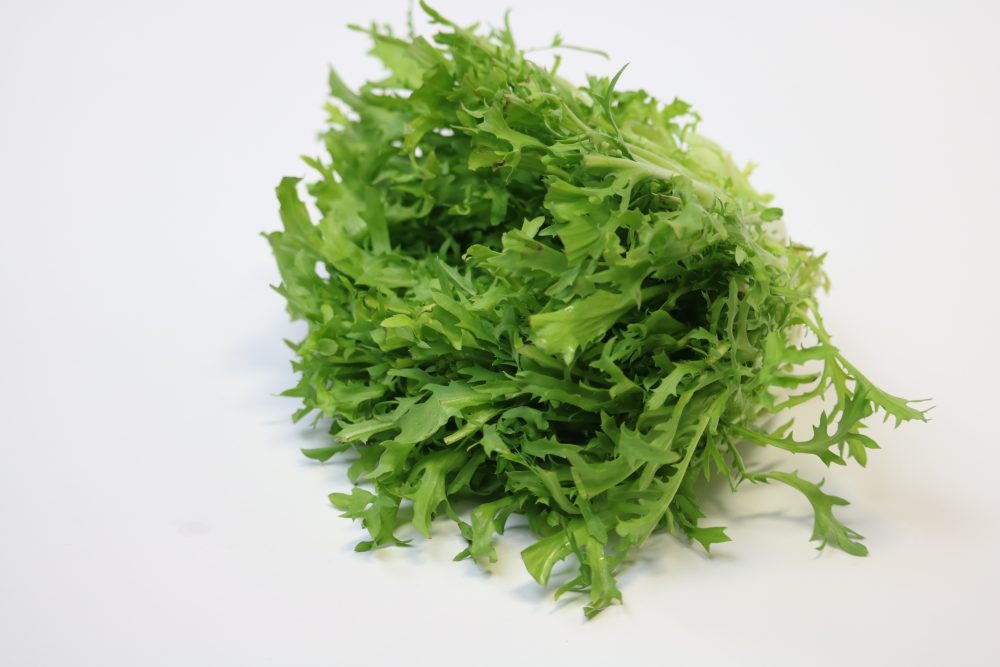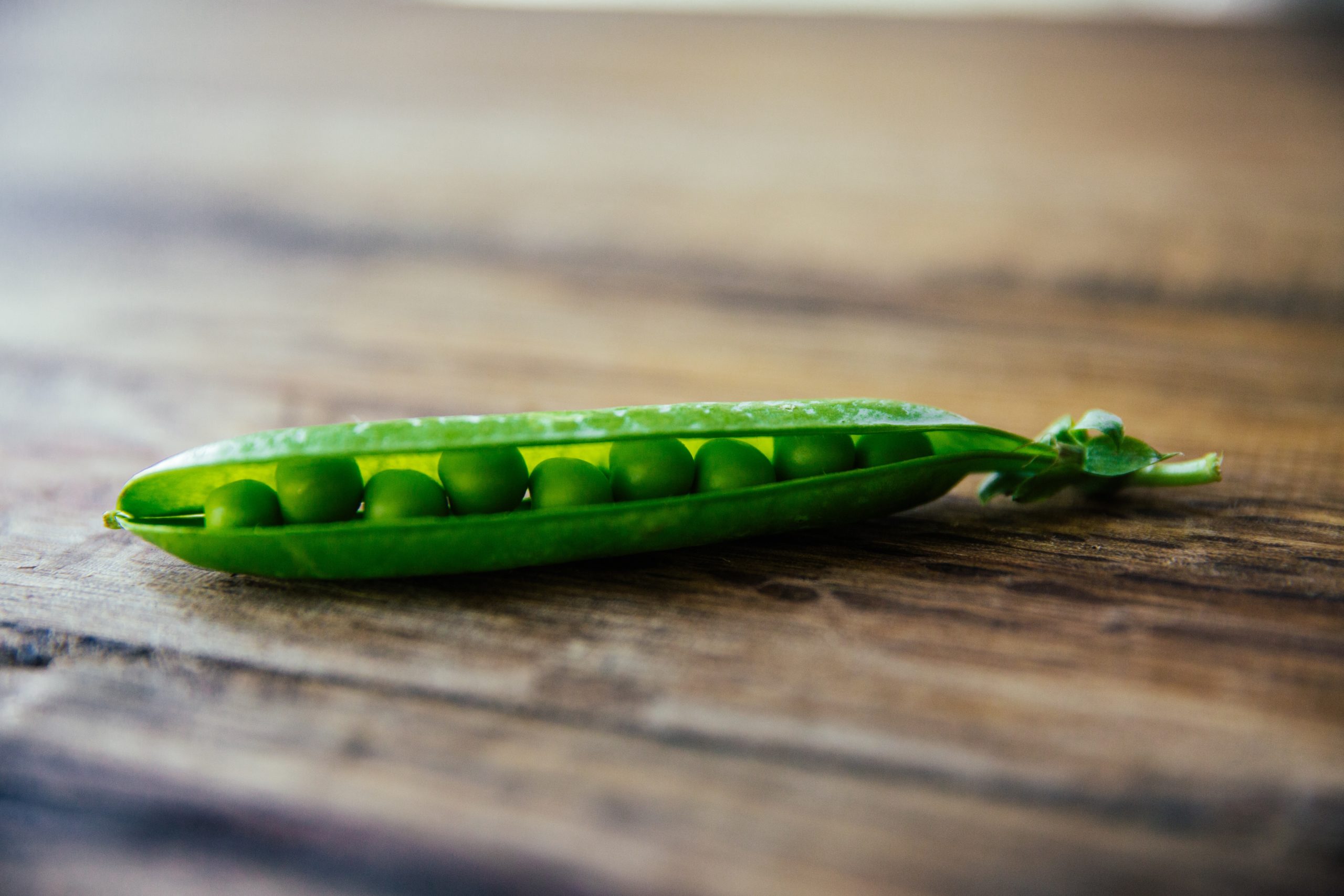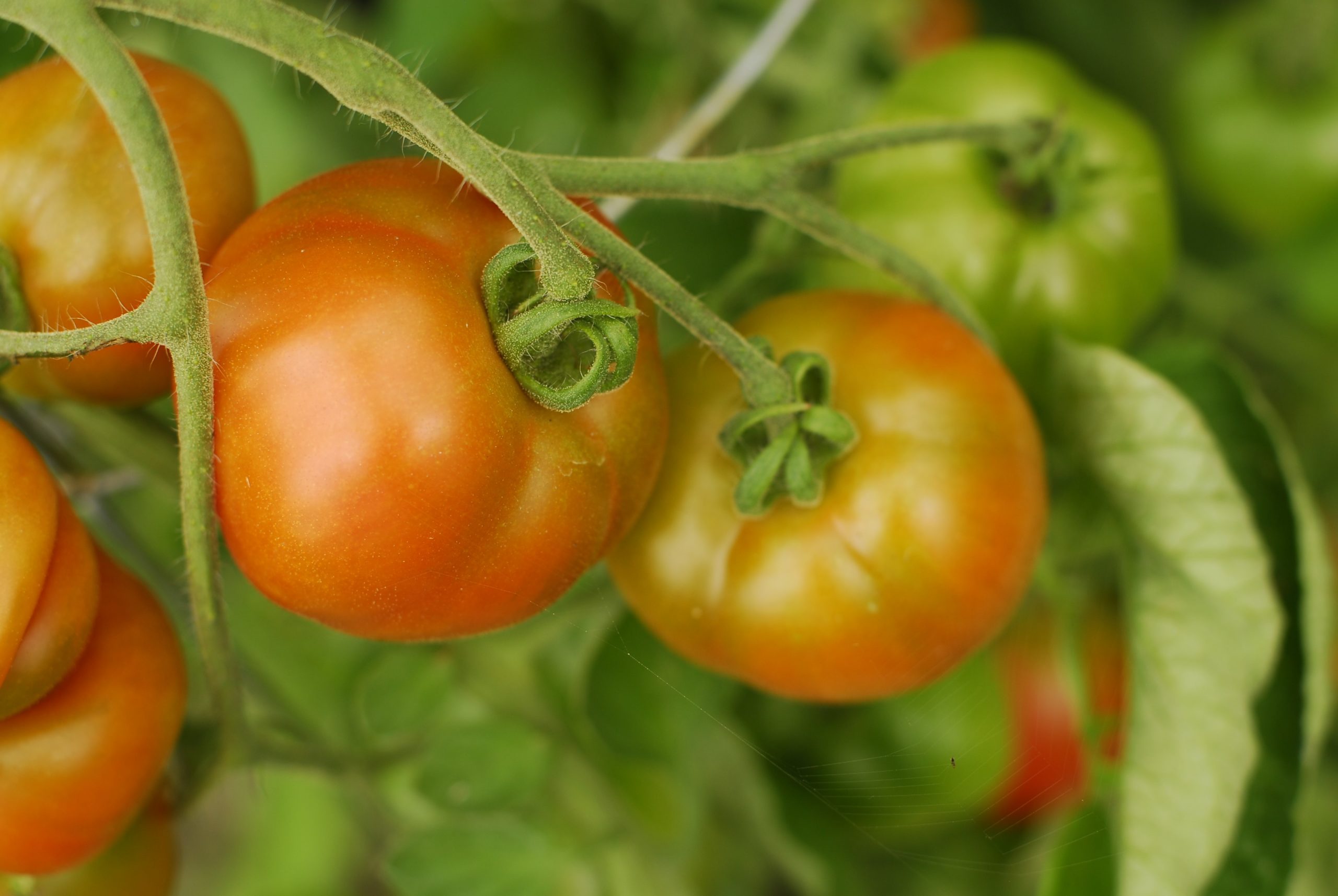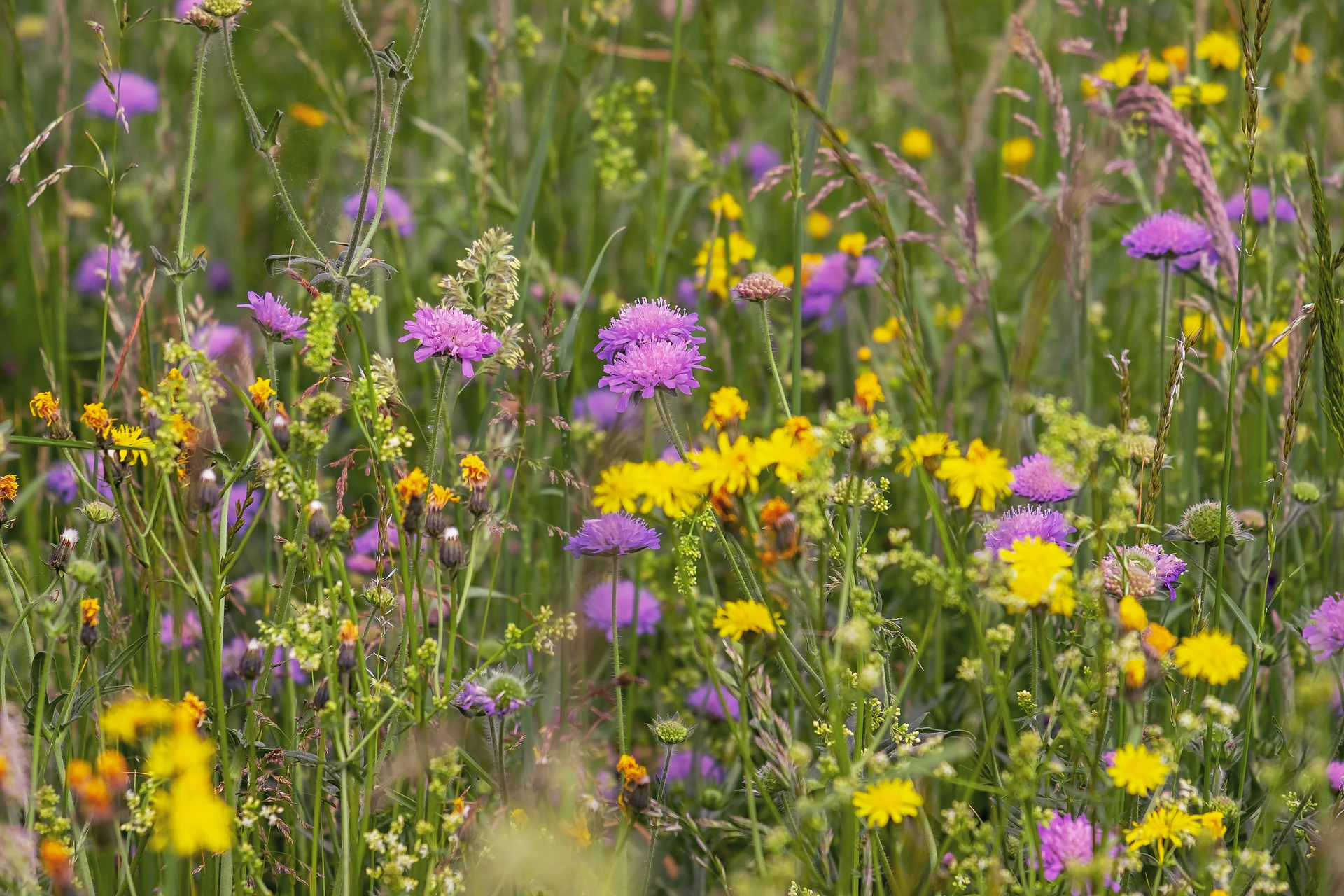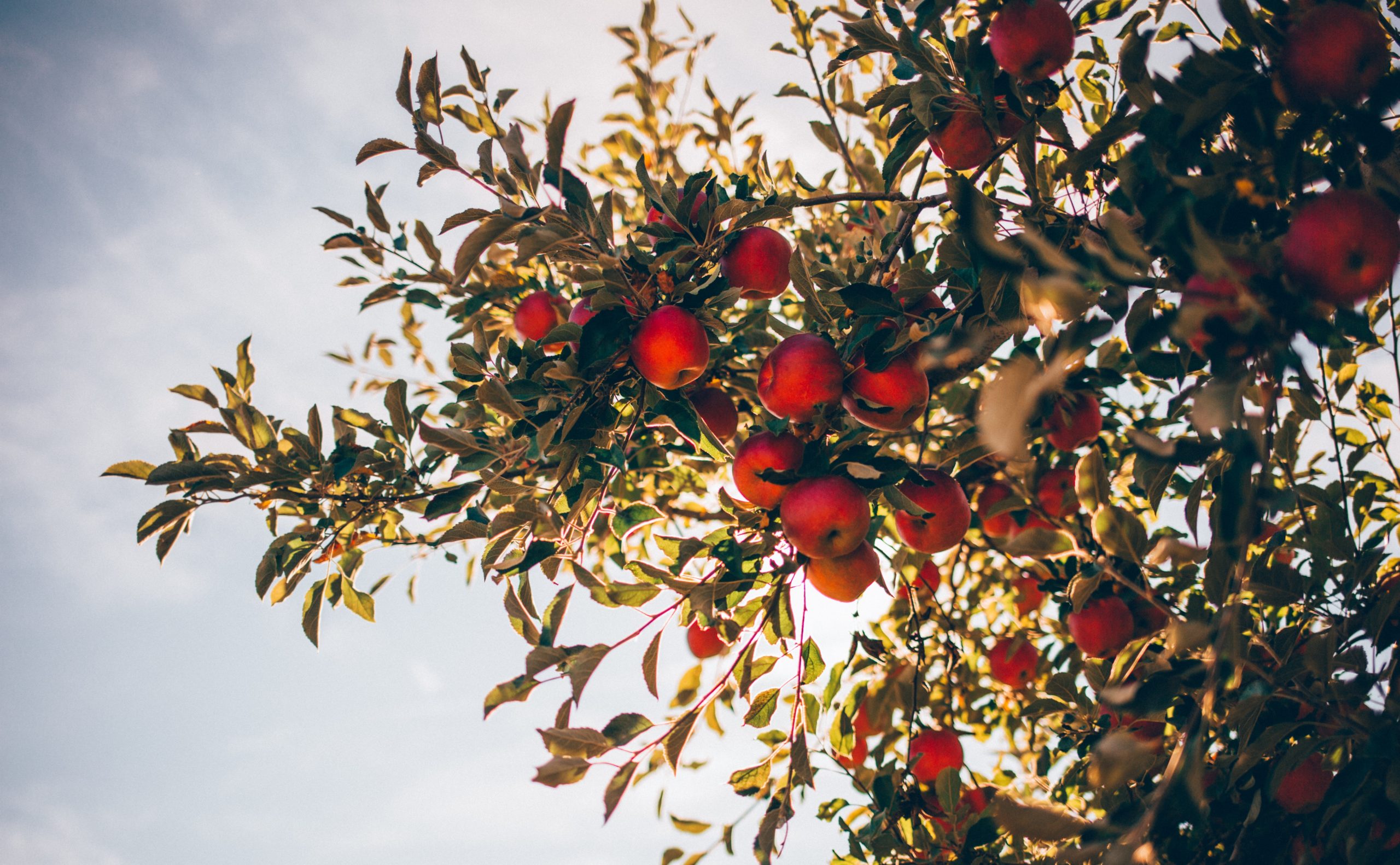
It is that funny month, where you hang onto every last drop of Summer and yet are looking forward to Fall. The mornings are cooler, but the days are still hot and smoky! A good rain would sure be appreciated by everyone across the West. I recently paused and read this great email/newsletter written by Tom Stearns from High Mowing Seeds that summed up the season better than I could. It is written for growers by a grower. I pulled out this small excerpt to share with you. (Disclaimer. I receive no financial benefit by saying this ?. I purchase most of my organic seed from High Mowing Organic Seeds and would encourage you to give them a try, too.)
In Need of Pause
August. What does it bring to mind for you? Perhaps it is harvests: long, seemingly never-ending harvests. Or maybe it is water: the drips we give our thirsty plants, or the lakes, ponds, streams and rivers in which we cool our over-heated bodies after a long day in dusty fields. Certainly, August embodies the Sunday Syndrome of summer: although the season is not yet over, we already begin to look past it to what the next has to offer. This strange, hot month offers us a respite – a needed breath of air before plunging in again for cool, abundant autumn.
I have always appreciated how the poet Helen Hunt Jackson described this month in her poem of the same name: an “interval of peace” in which “all sweet sounds cease, save hum of insects’ aimless industry.” It truly is a pause – a greatly needed one – in which our plants are finally at stasis, if only briefly, and we can at last sneak away for an afternoon or an evening to do nothing but perhaps listen to the hum of aimless insects and recharge the wellspring for the final push of summer.
Wishing you a welcome pause this month,
Tom Stearns, Owner & Founder
High Mowing Organic Seeds
Farmer or not, those words aptly describe what most of us are experiencing.
Our farm is at that spot, plantings have slowed, summer harvest is going strong and weeding is mostly caught up. Fall is often busier than Spring and ironically, what went into the ground as a seed in June is now coming out by the ton. My attention is definitely on Fall crops, like making sure to pick the apples before they fall! That doesn’t always happen, but when one drops, the rest are not far behind. Corn, winter squash and pears are not far off either and then there is the last plantings of garlic, winter kale, frisée, and Radicchio’s to be planted. We will also be planting cover crops to feed the soil and protect it from the compaction of winter rains.
I am tired just thinking about it all, but at the same time I am energized to see it through to completion.
Tristan
For the tired farm crew.

